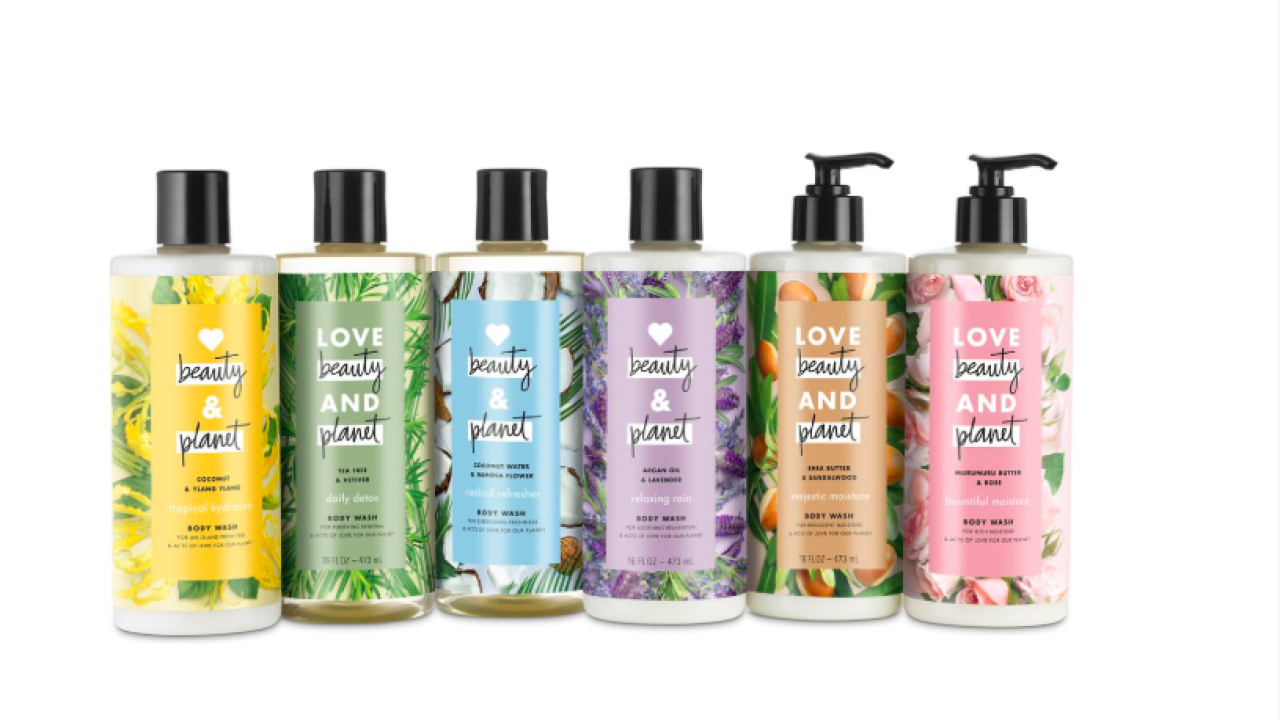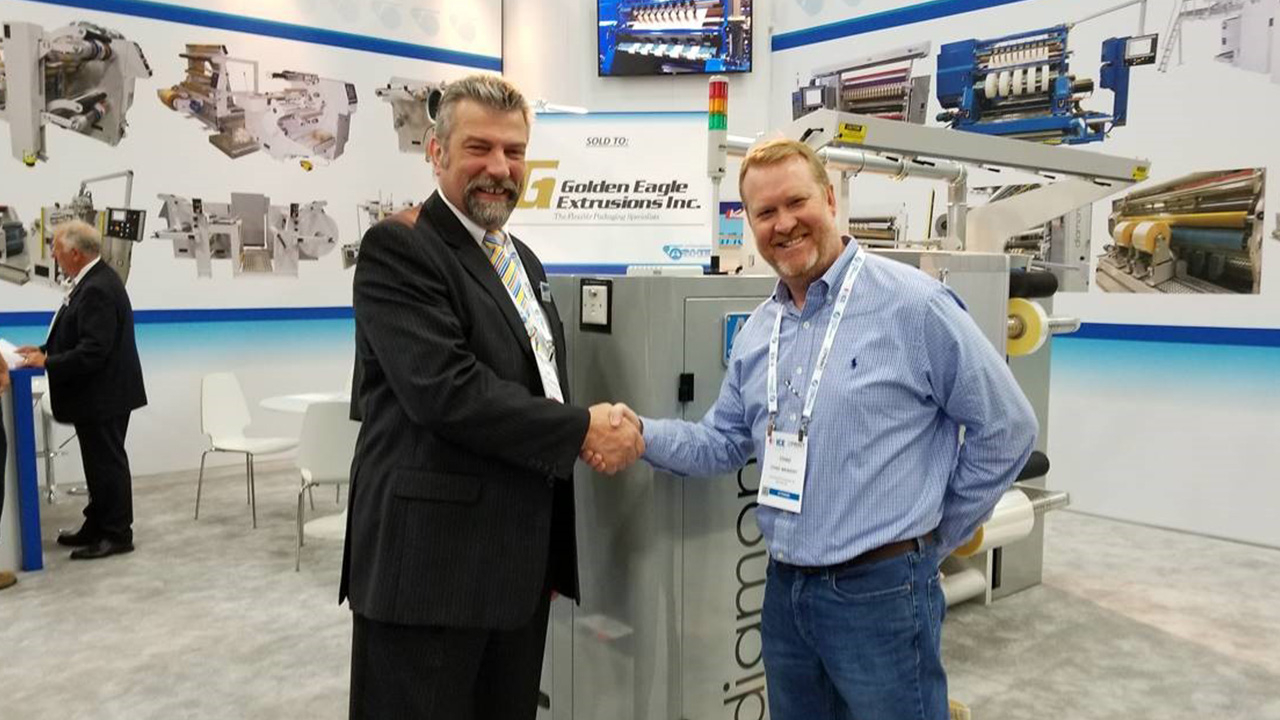The green column: ‘War on plastic’ reaches packaging industry

At the World Economic Forum in Davos earlier this year, a growing list of companies announced sustainability goals aimed at reaching 100 percent reusable, recyclable or compostable packaging within the next decade. The companies – Amcor, Ecover, Evian, L’Oréal, Mars, Marks & Spencer, PepsiCo, The Coca-Cola Company, Unilever, Walmart and Werner & Mertz – together represent more than six million tonnes of plastic packaging per year. Kraft Heinz made a similar pledge in August.
‘Consumers expect the brands they purchase from to be good corporate citizens and fully transparent about the sustainability of the product itself, and the labeling and packaging,’ Georges Gravanis, president of Avery Dennison label and graphic materials group, said in a special Raconteur report. ‘How the material is made is important, but more so is the impact it has on the overall recyclability of the package and its end of life. Consumers are increasing the pressure on brands to take responsibility and to create more sustainable designs.’
Today’s environmentally-conscious consumers are holding brands accountable for their impact on the environment, and often doing so with their pocketbooks.
According to Forbes, Gen Z will make up more than 40 percent of all shoppers by 2020. Their millennial predecessors have already proven to prioritize social causes including sustainability, and brands are listening and responding to these new market demands (see boxout). While some print segments are pragmatic about the challenges that lie ahead, others are looking it as an opportunity.
Flexible packaging
The Flexible Packaging Association is at the forefront of advocacy on this topic. Its president, Alison Keane, said at a recent Global Pouch Forum that the association in fully engaged in addressing the sea change that’s happening in today’s packaging community.
She put it this way: ‘More millennials today believe in climate change than believe in God. That’s a huge shift in thinking for a very big demographic. The challenges are pretty great with regard to plastic, there’s definitely a war on plastic going on right now, whether it’s from Europe or coming from our own states in North America.’
But the way Keane sees it, ‘Plastic is not the issue, litter is the issue.’ In other words, the plastic bag didn’t walk itself to the beach, someone tossed it there.
It’s important, she said, to advocate the environmental benefits of flexible packaging as these brands are making moves to reach their sustainability goals.
Before it gets to a consumer, flexible packaging requires less energy to produce, Keane said, and lighter-weight flexible packaging results in less transportation-related energy and fossil fuel consumption, and environmental pollution. Flexible plastics can also protect food from being wasted.
According to Popular Science magazine, agriculture – and especially livestock – is responsible for some 70 percent of the planet’s freshwater usage and produces about 35 percent of all of our greenhouse gas emissions.
So that plastic film covering a cucumber or cheese – often pointed to as the definition of plastic waste – might not be as wasteful as it looks. It extends the life of those foods.
Producing food takes land, water, labor and other valuable resources. A report by the British Medical Journal says: ‘The environmental impact of producing food is enormous, so waste contributes needlessly to climate change, loss of biodiversity, nitrogen and phosphorus loading, and use of scarce agricultural land and limited freshwater resources. To add insult to injury, food waste is a major source of greenhouse gases, mostly in the form of methane, a pollutant at least 25 times more potent than carbon dioxide.’
Still, the multi-laminate constructions of flexible packaging are too difficult to separate and recycle at most municipal facilities; the majority end up in the landfill.
It’s with that in mind that Vancouver-based Associated Labels and Packaging has created what it calls North America’s first non-GMO, ‘backyard compostable’ stand-up pouch.
Associated Labels and Packaging says the ‘earth-friendly’ pouches start composting in sixty days, and depending in climate and conditions, will turn into compost within 180 days. The pouches are created with layers of eucalyptus trees and corn starch.
‘To empower consumers to divert their packaging waste from landfill to compost is a huge step in the right direction,’ says Associated Labels sustainability manager Jay Ashworth.
He says the product is popular with many socially and environmentally responsible companies.
Associated Labels and Packaging can run the substrate through its new HP Indigo 20000 digital press, and also has a variety of offset and gravure printing capabilities.
‘People are starting to become more aware of the impact packaging has on the environment,’ Ashworth says. ‘I think it’s been gaining moment for a while now. Debating climate change is irrelevant; we just need to start doing what is right for the environment. And now people are willing to invest in material that won’t stay in a landfill forever.’
In-mold labels
While flexible packaging has its own challenges, in-mold labeling suppliers are hoping that these recent environmental proclamations will be a boon for their business.
As an in-mold labeling supplier, Yupo sees this as what Bill Hewitt called an ‘aha moment’ and a ‘win-win.’
As brands move to reduce waste, or eliminate non-sustainable components on their packaging, Hewitt, Yupo marketing manager, believes companies will turn to in-mold labeling as the label and container are fused together, making the package fully recyclable. Further, like flexible packaging, in-mold labels are lighter and stackable, easting the transportation demands.
‘Now that brands have made a declaration to join the sustainable commitment, this will be a win-win for the in-mold label market,’ Hewitt says. ‘The industry is forever changing and being challenged. Whether it is about sustainability or another trend in the industry or another hot topic; there is always a curve ball thrown at you. There is not a single option available today that fits every criteria across the board. We hear it all the time. “Is it biodegradable”? “What is the impact on the landfill”? “But it’s plastic – how is that sustainable”? On and on. No, in-mold labeling is not the answer to all things. But out of all of the options to date, it is the best viable solution to meet the challenges we face today and the impact we have on the future.’
Stay up to date
Subscribe to the free Label News newsletter and receive the latest content every week. We'll never share your email address.


